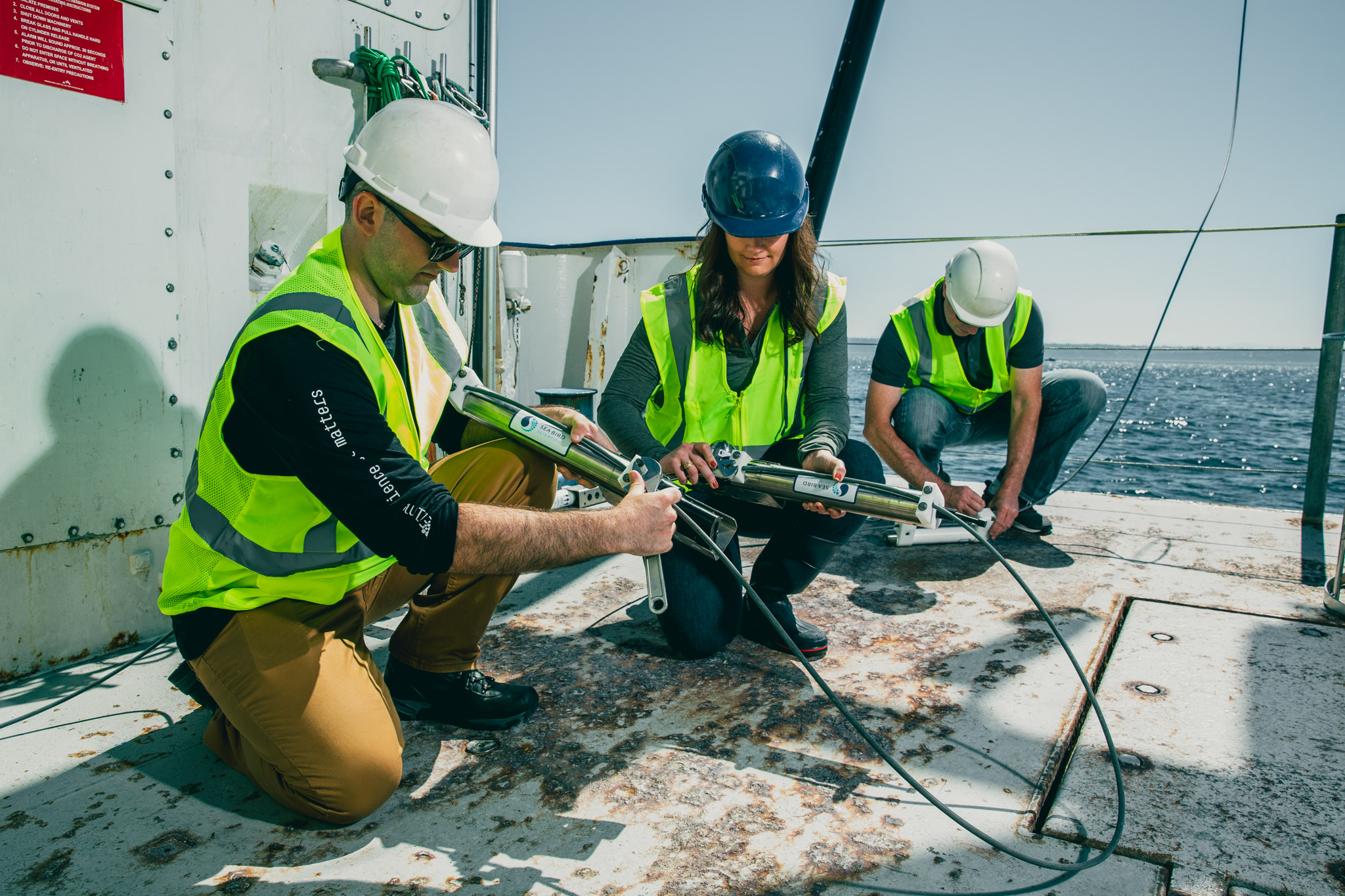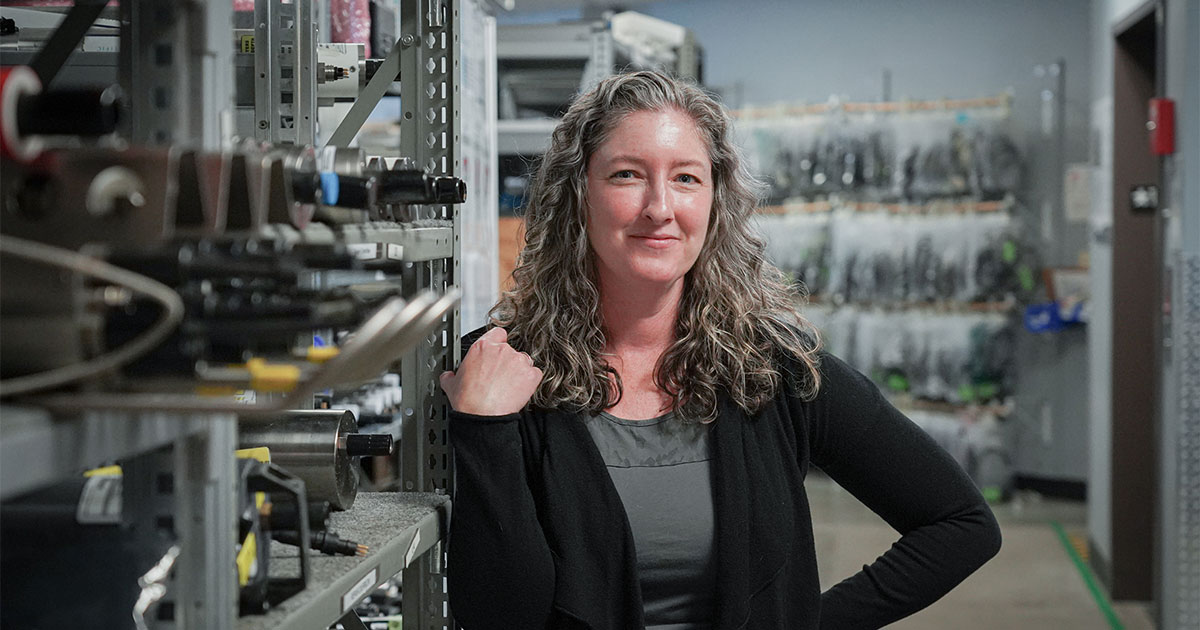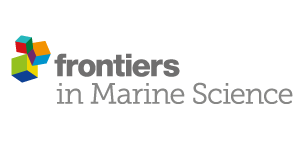Based in Bellevue, Washington, Sea-Bird Scientific is a developer and manufacturer of products for ocean measurements. Genevieve Howell, Director of Products & Global Services at Sea-Bird Scientific, joined ECO Magazine’s Editor Haley McQueen to speak about Sea-Bird Scientific’s latest innovative sensors for generating accurate and defensible ocean measurements.
ECO: Give us a brief history of how Sea-Bird Scientific came to be.
GH: The company was initially launched by Art Pederson in 1979 as Sea-Bird Electronics, leveraging work he pioneered while at the Applied Physics Lab at the University of Washington. At that time, it was essentially a start-up focused on refining the technology that underpins our core CTDs. The need for highly accurate temperature and conductivity sensors grew. We talk about it as being the need for “third digit” accuracy: millidegree C in temperature and part-per-million PSU measurements. In October 2008, Sea-Bird Electronics became publicly owned, and we acquired WETLabs and Satlantic to form Sea-Bird Scientific. This widened Sea-Bird Scientific’s product offering from the core CTD-related sensors into optical products capable of measuring nutrients, pH, and other biogeochemical parameters. The collaboration between these three companies has allowed Sea-Bird Scientific to produce turnkey solutions across a broad range of applications.
ECO: What are some of the most impactful programs that Sea-Bird Scientific is a part of?
GH: One of the most interesting programs would have to be the Argo program, which was developed in 1999 with the goal of dramatically increasing the amount and quality of oceanographic data. This is a partnership that supports a global array of over 4,000 robotic, autonomous floats taking ocean profile measurements on a 10-day cycle. We worked heavily with the ARGO community in the development phase of this program to ensure that the instrumentation we are providing, initially CTD sensors followed by full float systems later, met the needs of the program. We are continuing our partnership as the program expands into biogeochemical parameters and deeper waters.

Sea-Bird Scientific’s SBE 37, also known as the MicroCAT, being attached to a cable. (Image credit: Sea-Bird)
We are part of another program in partnership with NASA to improve our ocean color measurements using the PACE Satellite. Ocean color helps scientists gain a better understanding of ocean ecology because plankton and phytoplankton come in various shapes, sizes, and pigments. Their role in the carbon cycle is critical for understanding how the ocean and atmosphere exchange carbon dioxide. Before partnering with us, the satellite calibration process for NASA was very slow and difficult, but with our technology, we have improved the system to perform the same calibration work in a fraction of the time. This enables NASA and other scientists to extend key data records and ultimately deepen our understanding of the carbon cycle and how ocean ecosystems respond to the changing climate.
ECO: Why are Sea-Bird Scientific’s products different and capable of producing ultra-stable measurements? How does this play into climate change understanding?
GH: We view our role in our work as being co-practitioners of the science, and that’s really important because, ultimately, what people need is data that’s defensible. Our products’ ability to make accurate and defensible measurements really comes from our metrology—the scientific study of measurement—practices. Metrology allows us to trace an instrument’s reading or measurement back to a primary standard. Instead of a characterization process, our temperature, salinity, and oxygen sensors undergo a rigorous calibration method that allows them to make accurate measurements scientists and industry professionals can be confident in. With respect to climate change, when you need to be able to see temperature change in the ocean that’s on the order of 1/10 of a degree C over a decade, you have to be able to measure with extreme accuracy, and that’s where our quality of measurements come into play.
ECO: As the field of autonomous and remote oceanographic platforms grows, what products is Sea-Bird Scientific offering to meet needs?
GH: In addition to our long-standing relationship with the oceanographic float community, we also have various product offerings for remote and autonomous platforms like gliders and other uncrewed systems. These are modular offerings that can be integrated into a customer’s platform. For these applications, Sea-Bird Scientific aims to provide durable, reliable sensors for field-specific purposes.
ECO: What product are you excited about at Sea-Bird Scientific?
GH: A few months ago, we launched the Hydrocat-EP V2. This is our latest multiparameter instrument that was heavily requested by our customer base. It’s a small, self-contained little package that measures the traditional CTD measurements—temperature, conductivity, and pressure—but can also measure pH, dissolved oxygen, fluorescence, and turbidity. We developed this instrument to be used for broad applications and varying environmental conditions. It can be deployed long-term in many coastal and other biologically rich environments. The V2 design has an improved lifespan, reliability, and ease of maintenance.
ECO: There has been more of a spotlight on gender diversification in the ocean industry lately. Can you speak a bit about Sea-Bird Scientific’s gender diversification priorities?
GH: Gender diversity is critical for us at Sea-Bird Scientific. It can be hard to talk about without inadvertently leaning into the gender binary, so to be clear, there is a need for people of all gender identities in the ocean business. Studies have consistently shown that gender-diverse teams tend to perform better as a whole when compared to single-gender teams because they bring different viewpoints, ideas, and insights when solving problems which ultimately led to better performance. We also know representation matters: when we see women and people of color in leadership, in science, and in technical roles, it is a signal that we can advance in our careers at those places. Representation is also critical for uncovering and recognizing systemic discrimination. As a developer and manufacturer of products for a growing and changing ocean industry, we focus on building diverse teams and fostering inclusivity, which allows us to better serve the oceanographic community. We’ve made that a business priority.
ECO: When looking ahead in the next 5–10 years, where do you see Sea-Bird Scientific heading?
GH: From its inception, Sea-Bird Scientific set out to garner accurate and defensible ocean measurements to enable scientists to better understand complex ocean processes like carbon sequestration, ocean acidification, and climate change. Our focus lies in continuing to reduce the uncertainty in our measurements and advancing our calibration processes to equip scientists with the quality data they need to drive deep, actionable understanding.
To learn more about Sea-Bird Scientific, visit: https://www.seabird.com/
This feature appeared in Environment, Coastal & Offshore (ECO) Magazine's 2023 Autumn edition Multidisciplinary Environmental Projects, to read more access the magazine here.





